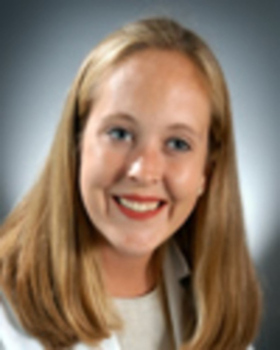The cochlear implant has made the most dramatic impact on the education of children who are severely hearing impaired or deaf of any technology ever employed (Hasenstab & Tobey, 1991; Waltzman, Cohen, Green, & Roland, 2002). The cochlear implant device has two parts: an internal portion and an external portion. The internal portion is surgically implanted in the temporal bone. The second portion, the external portion, is an externally worn speech processor that looks similar to an ear-level hearing aid. When operating in conjunction with the internal portion, the cochlear implant device converts acoustic information into electrical impulses. These impulses bypass the disordered inner ear and directly stimulate the auditory nerve. This permits the coded signals to travel to the auditory reception centers of the brain where sound awareness and speech understanding occur.
Electrical stimulation of the auditory nerve is not a new idea. It was first reported by Alessandro Volta, an Italian physicist in the late 1700s. Volta put metal rods into both of his own ears. Then he applied 20 volts of electrical current from a battery. He reported the sensation of ‘une recousse dans la tate’ (“a boom within the head”), followed by a sound likened to the boiling of thick soup (Volta, 1800). In the late 1950s, two French-Algerian surgeons actually placed electrodes on the auditory nerve of a patient, causing sound sensations like crickets and a roulette wheel (Djourno & Eyries, 1957). However, it was not until Dr. William House implanted American patients with experimental implants for short clinical trials that the device became a reality (House & Urban, 1973). Serious work on a wearable implant began at the House Ear Institute in the early 1970s, and by 1976, a single-channel cochlear implant was successfully introduced (Brown University, 2001; House, 1976). Two years later, an Australian otolaryngologist named Dr. Graeme Clark, introduced the first multi-channel implant in Melbourne, Australia. The device he introduced was a device that would ultimately become the most frequently implanted device in the world (Clark, 1978; Clark, Pyman, & Bailey, 1979; Tong et al., 1979).
Currently, estimates of the number of cochlear implant recipients worldwide range from about 120,000 to 200,000 individuals. These estimates vary widely because over the past two decades the criteria for implantation eligibility have expanded (Huart & Sammeth, 2009). For example, the age of eligibility for implantation in children has decreased from 2 years to 12 months, and the age for older adults has increased. Even persons over age 100 have begun receiving implants. Cochlear implants were originally considered only for persons with bilateral profound sensorineural hearing loss. However, they are now considered appropriate for persons with moderately severe hearing loss, and bilateral implantation (one implant in each impaired ear) is widely considered an important treatment option for thousands of patients. According to the National Institute on Deafness and Other Communication Disorders (NIDCD; 2007), approximately 60% of those receiving implants to date are adults and 40% are children. However, when looking at the potential candidates for implantation, the ratio of recipients to candidates is lower for adults as compared to children. This is because adults are more prone to hearing loss. Another reason for the difference is that some rehabilitationists believe that a cochlear implant may benefit a child more than an adult. Regardless of the numbers, the important point is that both populations are underserved. In fact, cochlear implants can help an estimated 200,000 children in the United States who do not benefit from conventional hearing aids (Cheng et al., 2000).
With more children than ever being implanted, recognizing that the majority of these pediatric implant patients will receive their public educations in inclusionary school settings, rather than in residential schools for the deaf or in self-contained classrooms within a public educational facility, is important. Increasingly, a child with a cochlear implant is more likely to be educated in a general education classroom setting than is a child with comparable hearing levels who wears hearing aids (Archbold, Nikolopoulos, Lutman, & O’Donoghue, 2002; Francis, Koch, Wyatt, & Niparko, 2000; Teagle & Moore, 2002). As a result, these children are more likely than ever to gain the attention of speech-language pathologists (SLPs) in school settings. With inclusion an important and inherent goal for cochlear implant recipients, SLPs may often find themselves considered “implant experts” in many school systems. Consequently, those speech-language pathologists with experience in providing support services to children with cochlear implants will be very much in demand.

